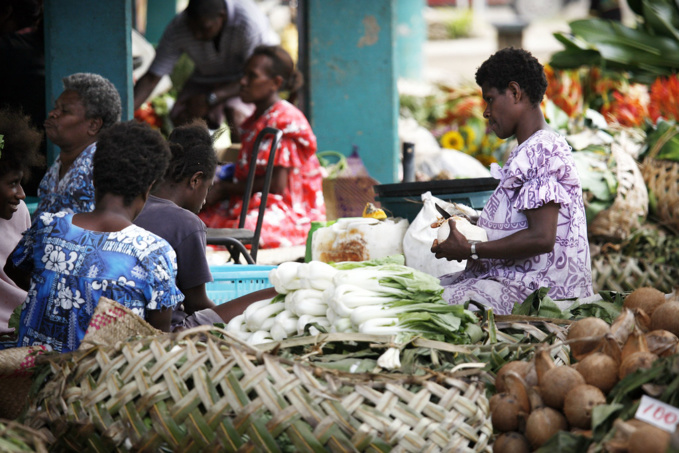The objective of the Aid-for-Trade initiative launched by the WTO in 2006 is to integrate the least developed countries into the world economy in order to promote their economic growth and sustainable development. The report data was obtained from a survey of 88 developing countries participating in the program (including 38 least developed countries), as well as 35 donor countries and five participants in South-South direction of cooperation. Over the 11 years of the initiative, donors donated $ 409 billion in direct aid and $ 346 billion in concessional loans for trade development; in 2017 almost $ 100 billion was distributed through both channels. Aid in South-South direction amounted to $ 9 million, and private funds allocated $ 100 million . A total of 178.1 thousand projects were financed (on average $ 2.25 million each). Asian countries received $ 154.9 billion, Africa - $ 146.2 billion. $ 5.7 billion went to create trade development strategies and trade negotiations, $ 91.6 billion - to develop energy, $ 125.4 billion - to infrastructure, $ 180 billion - to private sector support and $ 180 million - in compensation for the trade liberalization costs.
International assistance allows developing countries to improve competitiveness, expand and diversify trade, attract investment and create new jobs, the OECD and the WTO say. Every $ 1 invested in the program brought in $ 8 export growth in developing countries and almost $ 20 in the least developed. 47 program recipients (53%, mainly from Africa) reported success in diversifying their economies, as evidenced by their foreign trade statistics. However, the results strongly depend on the type of intervention, the sector where the funds are directed, the level of income and the geographical location of the recipient country. In addition, those focusing solely on creating a favorable environment often ignore the fact that small and micro enterprises often simply cannot take advantage of new market conditions. Women and young people often suffer from lack of resources and discrimination. Therefore, regulation and investment need to be more explicitly directed towards their support, the report says.
Targeted assistance, regardless of the quality of a particular program, is unlikely to contribute to the sustainable growth of poor countries unless it is accompanied by institutional reforms, the WTO and OECD admit. This probably partly explains the uneven distribution of funds: most of them went to countries with medium-high (54%) and medium-low (38%) incomes, while the least developed and poor countries accounted for only 10%, which does not allow considering program an effective means of alleviating poverty. Since 1971, when this classification was introduced, only five countries has left the least developed category; two more - Vanuatu and Angola - are expected to overcome this barrier in 2020–2021. 10 countries show progress in some areas, but most - 35 countries - have not progressed anywhere.
source: wto.org
International assistance allows developing countries to improve competitiveness, expand and diversify trade, attract investment and create new jobs, the OECD and the WTO say. Every $ 1 invested in the program brought in $ 8 export growth in developing countries and almost $ 20 in the least developed. 47 program recipients (53%, mainly from Africa) reported success in diversifying their economies, as evidenced by their foreign trade statistics. However, the results strongly depend on the type of intervention, the sector where the funds are directed, the level of income and the geographical location of the recipient country. In addition, those focusing solely on creating a favorable environment often ignore the fact that small and micro enterprises often simply cannot take advantage of new market conditions. Women and young people often suffer from lack of resources and discrimination. Therefore, regulation and investment need to be more explicitly directed towards their support, the report says.
Targeted assistance, regardless of the quality of a particular program, is unlikely to contribute to the sustainable growth of poor countries unless it is accompanied by institutional reforms, the WTO and OECD admit. This probably partly explains the uneven distribution of funds: most of them went to countries with medium-high (54%) and medium-low (38%) incomes, while the least developed and poor countries accounted for only 10%, which does not allow considering program an effective means of alleviating poverty. Since 1971, when this classification was introduced, only five countries has left the least developed category; two more - Vanuatu and Angola - are expected to overcome this barrier in 2020–2021. 10 countries show progress in some areas, but most - 35 countries - have not progressed anywhere.
source: wto.org



















